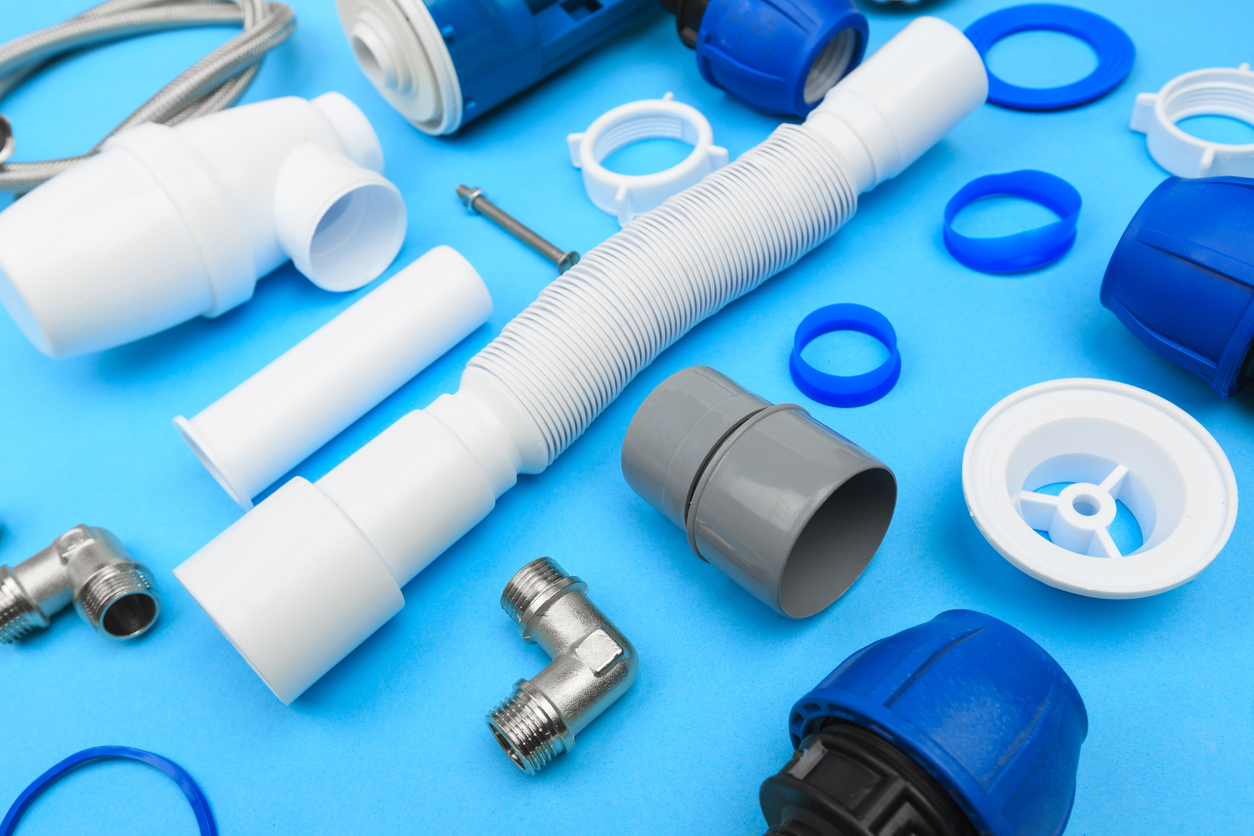In an era where environmental consciousness is paramount, every aspect of our lives demands a sustainable approach. Plumbing, a crucial component of modern living, is no exception. Traditional plumbing systems often consume excessive water and energy, contributing to environmental degradation. However, by embracing green plumbing alternatives, homeowners can significantly reduce their ecological footprint while enjoying efficient and cost-effective solutions. This comprehensive guide explores various eco-friendly options for plumbing replacement, highlighting their benefits and practical applications.
1. Low-Flow Fixtures:
One of the simplest yet most effective ways to achieve green plumbing is by installing low-flow fixtures. These include faucets, showerheads, and toilets designed to minimize water consumption without compromising performance. Low-flow fixtures regulate water flow, significantly reducing usage and lowering utility bills. By replacing outdated fixtures with their low-flow counterparts, households can conserve thousands of gallons of water annually, making a substantial impact on water conservation efforts.
2. Tankless Water Heaters:
Traditional water heaters with storage tanks continuously heat and store water, resulting in energy wastage and standby heat loss. Tankless water heaters offer a more efficient alternative by heating water on demand, eliminating the need for a storage tank. This not only reduces energy consumption but also ensures a constant supply of hot water. Additionally, tankless water heaters have a longer lifespan than traditional models, further enhancing their eco-friendly credentials.
3. Greywater Recycling Systems:
The wastewater generated from activities such as showering and laundry can be recycled and reused for non-potable purposes like irrigation and toilet flushing. Greywater recycling systems capture and treat wastewater, diverting it from sewage systems and conserving freshwater resources. By implementing greywater recycling systems, homeowners can reduce their reliance on municipal water supplies and mitigate the strain on local ecosystems.
4. Rainwater Harvesting Systems:
Rainwater harvesting involves collecting and storing rainwater for various household uses, including landscaping, irrigation, and toilet flushing. Rainwater harvesting systems typically consist of storage tanks, filtration systems, and distribution networks. By harnessing rainwater, homeowners can reduce demand for treated water and alleviate pressure on municipal water systems during droughts. Furthermore, rainwater is naturally soft and free of contaminants, making it ideal for irrigation purposes.
5. Eco-Friendly Pipe Materials:
Traditional plumbing systems often utilize materials like copper and PVC, which may have adverse environmental impacts during production and disposal. Eco-friendly pipe materials such as PEX (cross-linked polyethylene) and HDPE (high-density polyethylene) offer sustainable alternatives with lower carbon footprints. These materials are durable, corrosion-resistant, and recyclable, making them environmentally preferable choices for replacement projects.
6. Solar Water Heating Systems:
Solar water heating systems harness solar energy to heat water for residential use, reducing reliance on conventional heating methods. These systems consist of solar collectors, storage tanks, and circulation pumps, utilizing renewable energy to provide hot water throughout the year. By integrating solar water heating systems into their homes, homeowners can lower energy bills and decrease greenhouse gas emissions associated with water heating.
7. Dual-Flush Toilets:
These toilets feature a couple of flush options: a low-volume flush for fluid waste and a high-volume flush for solid stuff. This innovative design allows users to control water usage based on the type of waste, significantly reducing overall water consumption. Dual-flush toilets are an easy and cost-effective way to promote water conservation in residential settings, contributing to sustainable water management practices.
8. Leak Detection and Repair:
Leaks in plumbing systems can waste significant amounts of water and contribute to water damage and mold growth. Implementing leak detection technologies such as smart water meters and sensors can help identify leaks promptly, enabling timely repairs and preventing water wastage. By addressing leaks proactively, homeowners can conserve water, preserve indoor air quality, and avoid costly repairs.
Green plumbing offers practical and sustainable solutions for homeowners looking to minimize their environmental impact and reduce utility costs. From low-flow fixtures to solar water heating systems, the options for eco-friendly plumbing replacement are diverse and adaptable to various household needs. By embracing green plumbing technologies and practices, individuals can contribute to water conservation efforts, mitigate climate change, and create healthier living environments for future generations.
Ready to make your plumbing more eco-friendly? Contact us at Curoso Plumbing at 707-545-5017 today to explore green plumbing options for your home and take the first step toward a more sustainable future.













